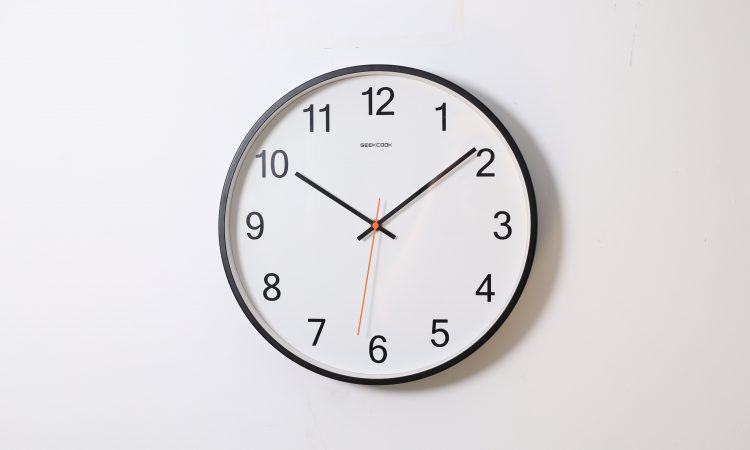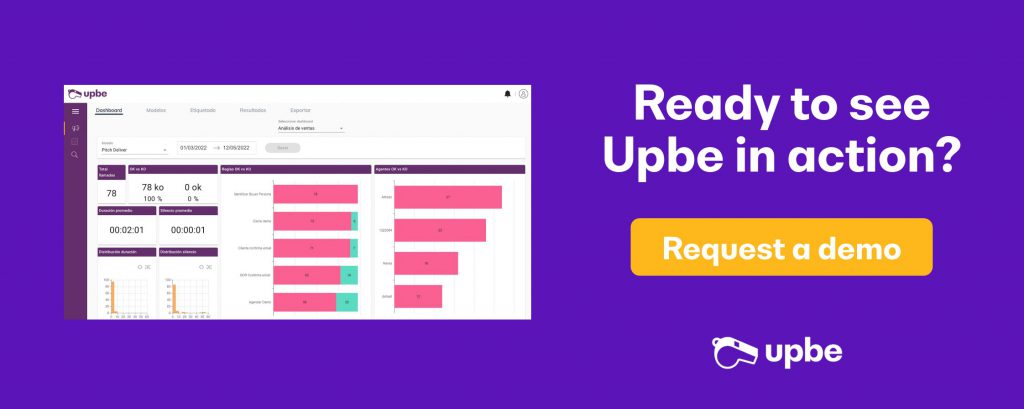
Wait times in call centers are on the rise, and consumers are becoming increasingly frustrated. These times can vary based on factors such as the complexity of the inquiry, the day of the call, and call volume. To enhance the customer experience, it’s crucial to ensure swift communication with agents and minimize wait times.
Customers might have different experiences on calls, facing long wait times or being transferred between departments without a satisfying resolution. A single negative interaction can quickly damage customers’ trust in an organization, which is why many businesses and team leaders are constantly seeking ways to manage and mitigate interactions in contact centers.
In this article, we will explore how quality analysis can play a key role in reducing wait time in call centers. We will discuss various strategies and approaches that can be implemented to improve efficiency and customer satisfaction. Through these measures, you’ll discover how to transform wait time into a faster and more pleasant experience for your customers, while boosting the success of your call center.
How is wait time measured?
The Average Wait Time (AWT) in a call center is the amount of time that customers spend on hold, either when initially calling in or during a call where they are transferred or waiting for a task to be completed. This metric provides an accurate measure of the time customers spend on hold before being served by a call center agent.
The average wait time is obtained by adding up the wait times of all answered calls and dividing it by the total number of answered calls, excluding abandoned calls where the customer hangs up before speaking to an agent. Reducing it is crucial for improving the customer experience, increasing sales and retention opportunities, and ensuring satisfaction in a world where swift and efficient attention is expected.
There are other metrics, such as the Average Speed of Answer (ASA), the Average Handle Time (AHT), and the Average Abandon Rate (AR), which provide a comprehensive view of the interaction experience with the company in the call center. It is vital for call center leaders to identify these metrics and take actions to improve them.
What are the average wait times in a call center?
When looking to track and reduce average wait time in a contact center, it’s important to consider different factors that can affect these times. This includes the type of calls being handled, whether they’re support or sales, the complexity of the product or service offered, and the level of post-purchase care required by customers.
While it can be difficult to provide a general average, most call centers aim to answer 80% of calls within 20 seconds, following the 80/20 rule. However, these standards can vary slightly depending on the industry, and using customer satisfaction scores can help determine the optimum service level agreement to achieve satisfactory average wait times in relation to the business.
How quality analysis can reduce wait time in your call center
In addition to hiring more staff, call centers can use strategies like improving call queue management to reduce wait times. Thanks to call quality analysis, we can assess customers’ willingness to wait, measure key performance indicators, and ultimately monitor the efficiency of the call center.
Here’s how quality analysis contributes to reducing wait times:
Prioritize metrics that will have a real impact
When seeking to reduce the average wait time in a call center, it’s important to consider the key metrics mentioned earlier and others deemed indispensable to assess the quality of service provided by our call center.
Following the previous KPIs, the abandon rate reflects customer satisfaction, and conversation analysis can help identify missed calls. The AHT tracks the time dedicated to each call and can be optimized with the right software. Finally, call volume provides insight into the workload and can be analyzed to improve outcomes.
Automate post-call work
A simple way to improve wait times in call centers is to reduce the post-call work (ACW) that agents manually perform. The common problem of correctly completing and assigning activity codes can be resolved with conversational analytics tools, which automatically capture outcomes. This significantly reduces the necessary ACW and eliminates the concern for incorrect codes or the retrospective addition of outcomes.
Tracking and reducing ACW contributes to decreasing the AHT. With fewer missed or abandoned calls, there is greater customer satisfaction. This enhances the overall experience and reduces the operational costs of the call center by decreasing repetitive work.
Helps to improve agent skills
If you want to reduce wait times in your call center, it’s crucial to train your agents to handle calls quickly and efficiently, focusing on resolving issues on the first call. In addition to initial training, it’s important to provide regular training to keep agents engaged, supported, and confident.
Using call intelligence tools to automatically monitor and record customer interactions is an effective way to promote continuous improvement. This allows for identifying trends and common errors that can be addressed in regular training sessions.
Analyzes each agent’s performance in real time
Providing your call center agents with the right technology makes a big difference in the customer experience. Through call monitoring software, you can track the performance of each agent in real time. These solutions provide valuable insights for monitoring calls and achieving maximum impact.
For example, call center leaders can optimize workload based on metrics, identifying those who struggle with handle time or detecting those teams that are already maximized. In this way, managers can place agents who efficiently handle calls into specialized queues during critical times to address more complex issues.
Improves processes and workflows
Conversation analysis allows for mapping self-service flows to improve call queue management and reduce wait times in call centers. By analyzing frequent customer queries and creating customized flows, it’s possible to guide customers towards resolving their issues efficiently. It’s important to have the ability to divert calls to other channels, such as the website or digital self-service via chatbots, to resolve minor queries and allow agents to focus on customers who require more specialized attention. Even thanks to all this information, an FAQ page can be created with all the most addressed issues in calls that can be explained and implemented simply by the customer.
Allows for planning ahead
Call data analysis allows identifying trends and anomalies in interaction volume. Conversation analysis tools can generate customized reports that highlight key trends and patterns, allowing for intelligent decisions about staffing and optimizing procedures in the call center.
By using dashboards, it’s possible to monitor agent status, call volume, and peak hours, which facilitates making business decisions based on relevant information. All of this helps to balance contact volumes, staff availability, schedules, and key performance indicators, providing an optimal experience for the customer and generating significant time and money savings.
How AI can improve quality analysis to reduce wait times
The use of call analysis tools powered by artificial intelligence can have a significant impact on reducing wait times in a call center. One such tool is Upbe, a conversational intelligence platform that uses AI to automatically analyze 100% of a call center’s calls, reducing wait times thanks to its functionalities:
- Real-time call analysis: Upbe enables identifying issues that prolong wait times.
- Objective assessment of customer experience: Upbe helps detect trends and patterns that affect call center efficiency.
- Detailed insights on individual agent performance: Upbe can analyze areas for improvement, contributing to the enhancement of training plans for call center employees.
- Platform customization: Upbe is designed to address the specific problems of call centers and, in turn, handle unique issues of each call center.
Request a demo and see for yourself!

To reduce customer waiting time on the phone, it is essential to implement self-service flows, provide a clear and understandable FAQ page, and use call analytics tools. These tools allow you to identify and resolve issues that prolong waiting times, optimize call queue management, provide regular training to agents, offer live chat options, and have a business continuity plan. By applying these measures, the customer experience is improved, call center efficiency is increased, and customer waiting time on the phone is reduced.
The quality function in a call center is to ensure that customer interactions meet established standards and objectives. This involves regularly monitoring and evaluating calls and other communication channels to ensure that high-quality service is provided. In addition, the quality function is responsible for identifying areas for improvement, providing feedback and training to agents, and performing data analysis to identify trends and patterns that affect efficiency and customer satisfaction.
To reduce call time in a call center, it is crucial to provide agents with the right technology, such as real-time analytics and artificial intelligence tools. This allows them to efficiently track and analyze calls, identifying issues that may prolong call time. In addition, optimizing workflows and processes, implementing self-service flows, and using interactive voice responses (IVRs) can guide customers towards quicker resolution of their queries. Efficiently assigning agents based on their performance metrics and using historical and real-time call analysis provides valuable insight into identifying trends and patterns affecting call time.
To improve the quality of calls in a call center, it is crucial to implement various strategies. First, properly train agents, providing them with the skills and knowledge needed to efficiently handle calls. Also, use call analytics tools to identify areas for improvement and trends that affect call center efficiency. Additionally, optimize workflows, implement interactive voice responses (IVRs), and use call intelligence tools to monitor and improve individual agent performance. Furthermore, have strong call queue management, reduce wait times, and provide a personalized approach to the specific needs of each customer.




